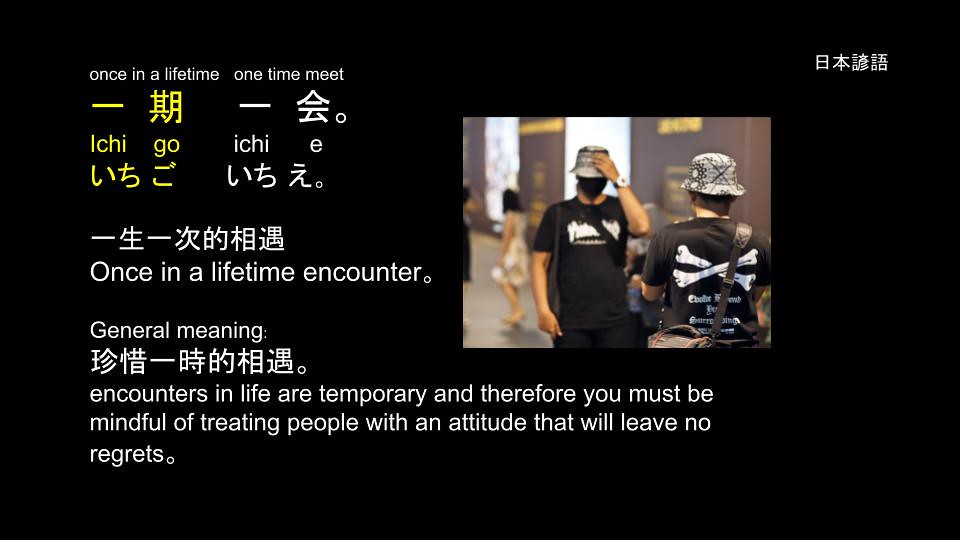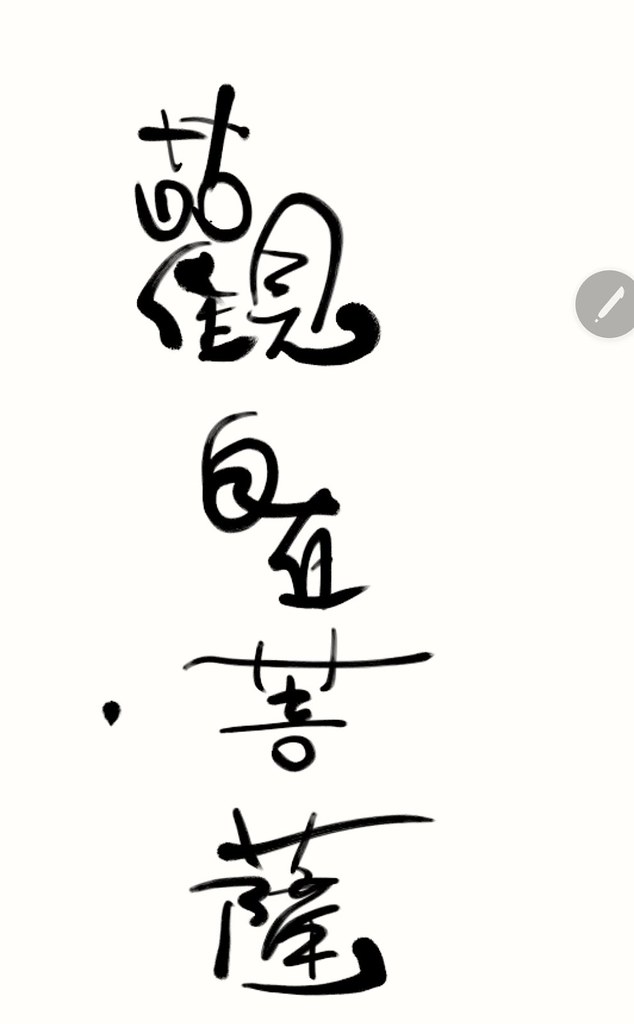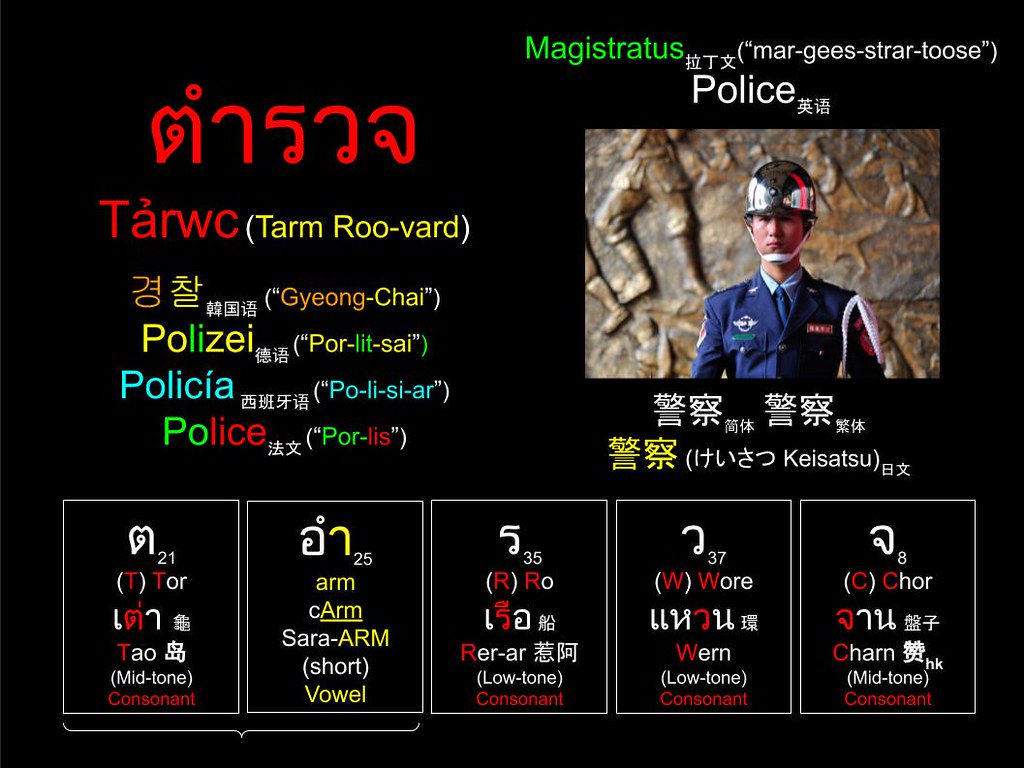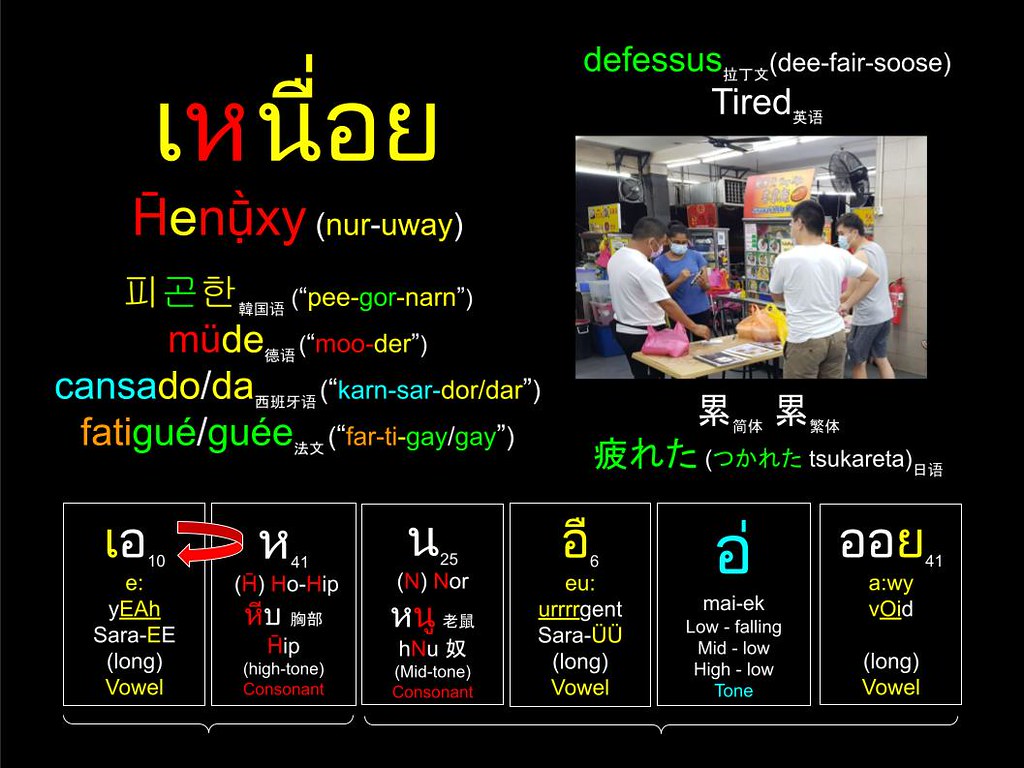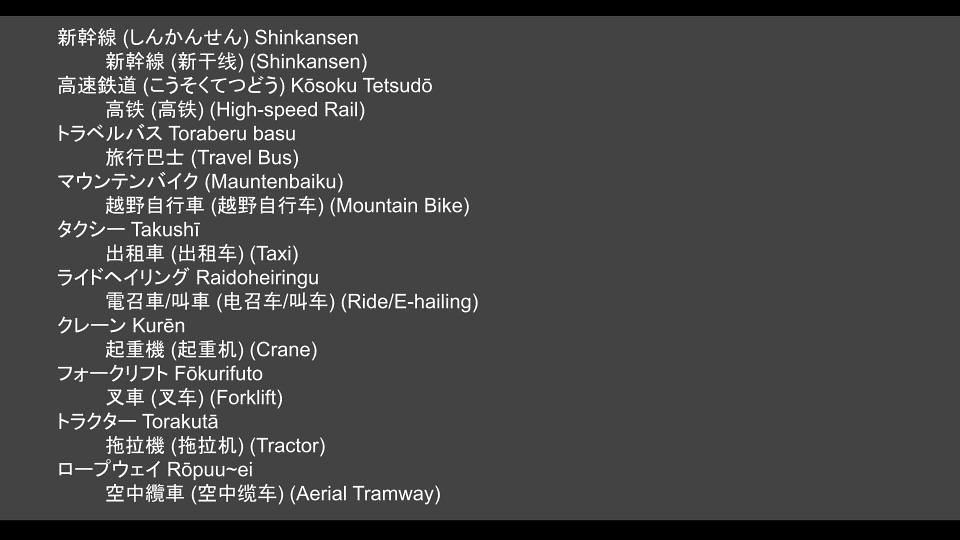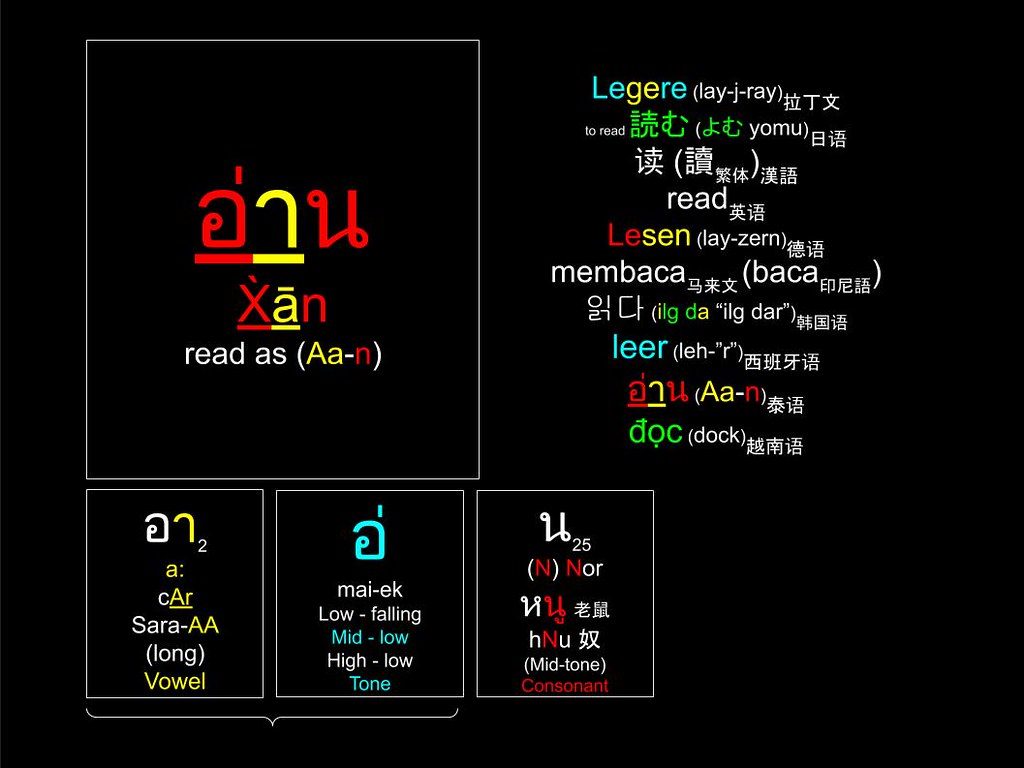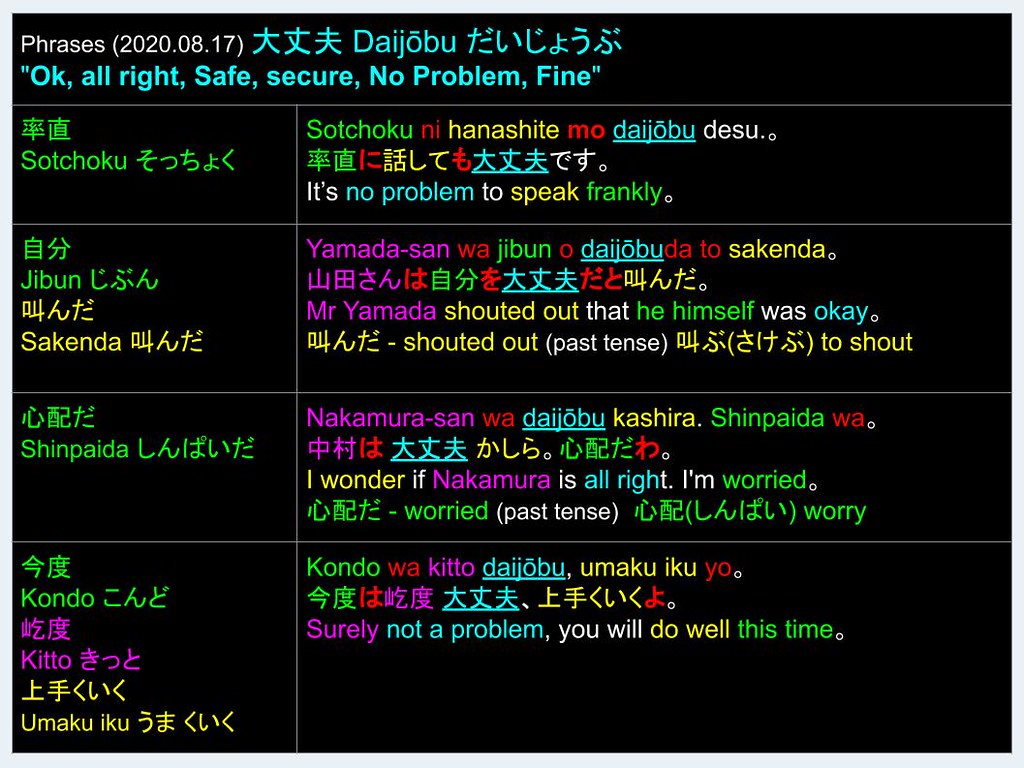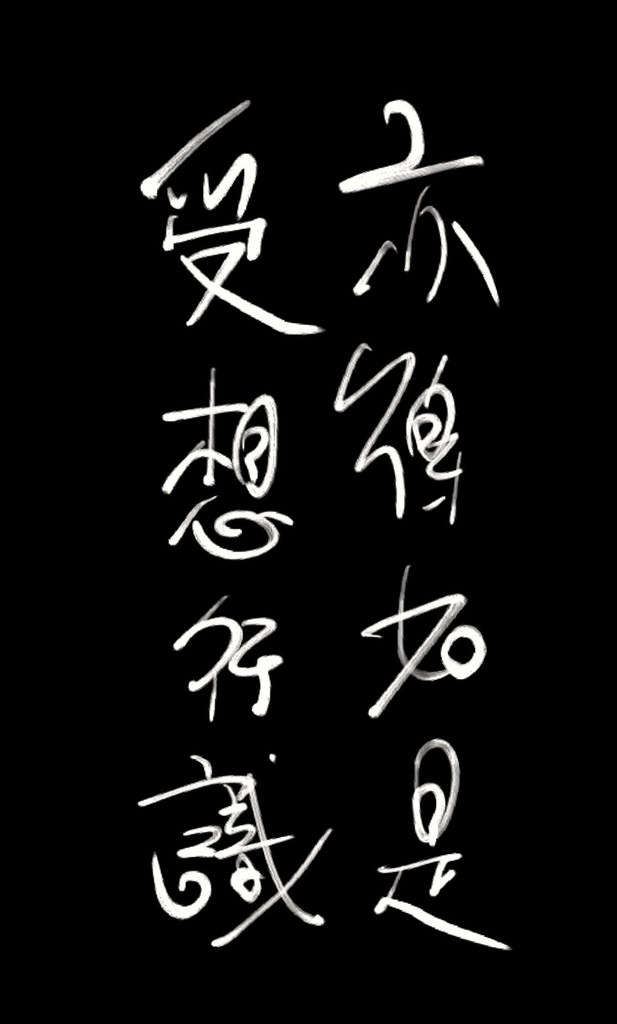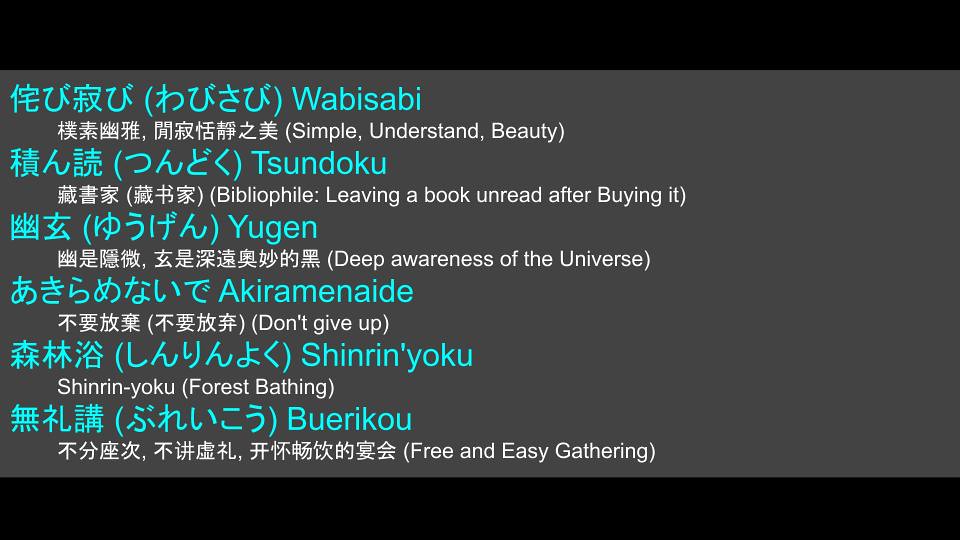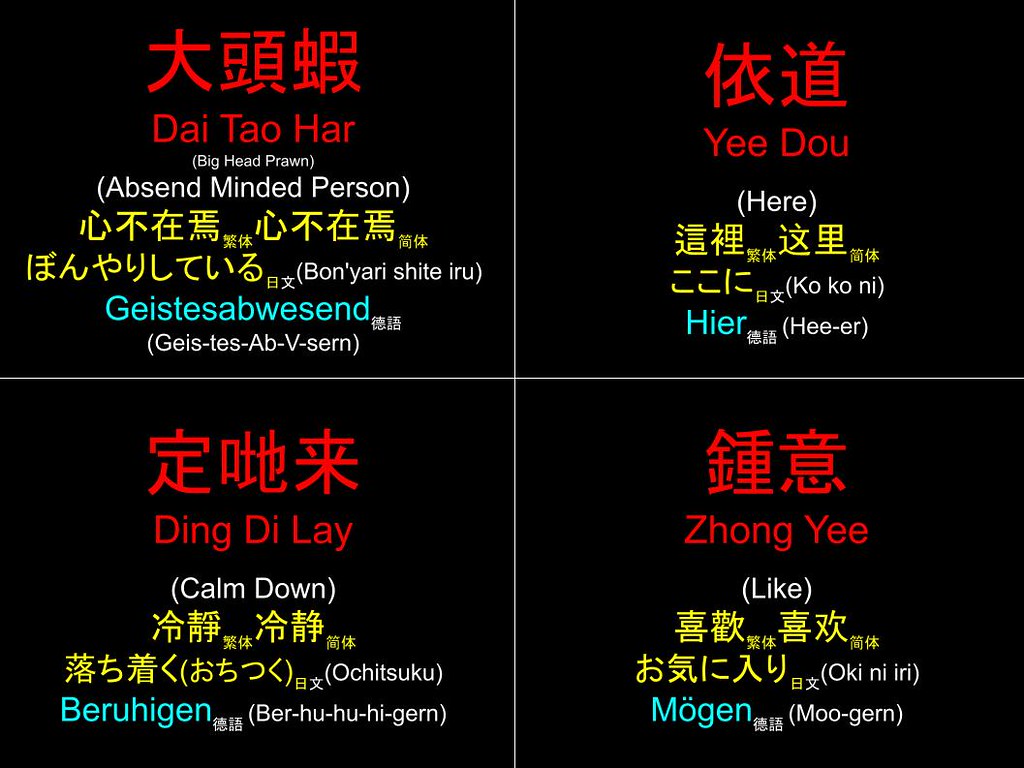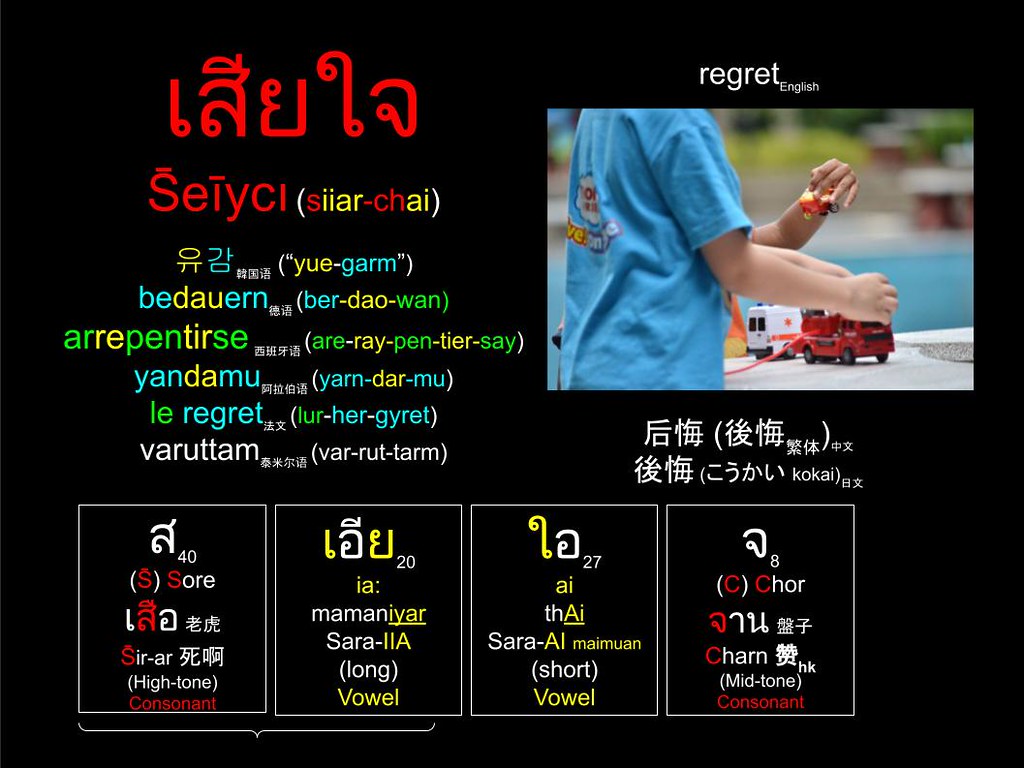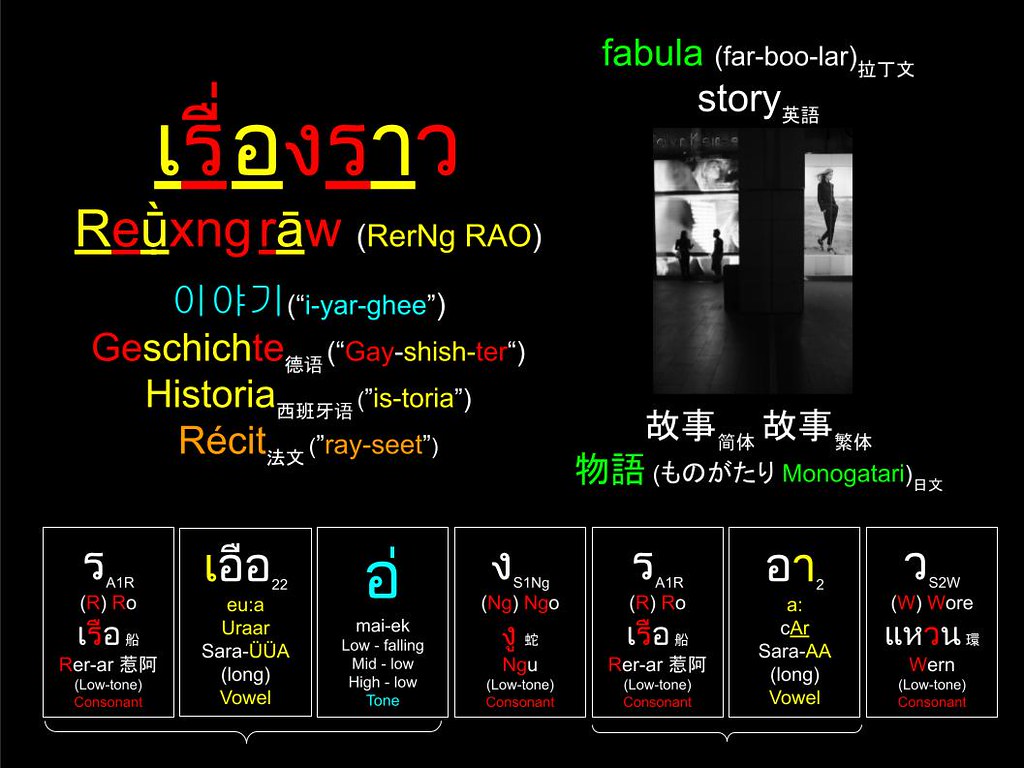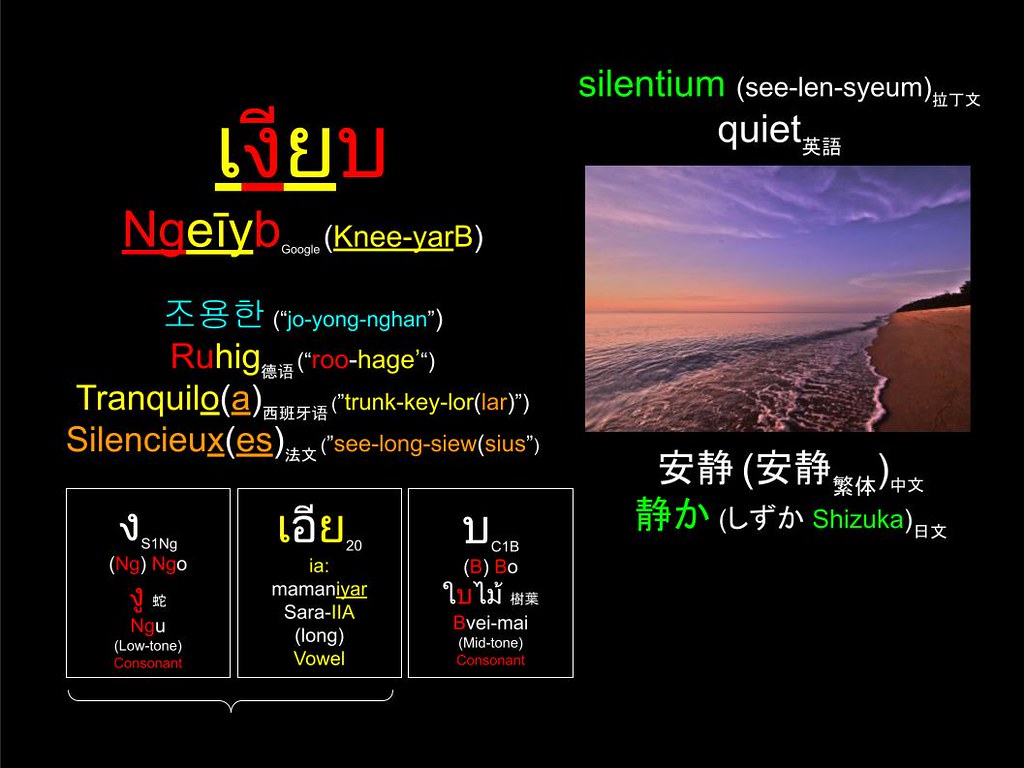Wednesday, December 5, 2018
Tuesday, December 4, 2018
Monday, December 3, 2018
Saturday, December 1, 2018
行深般若波羅蜜多時
"行深" (In deep state meditation) 般若波羅蜜多 "時" (at the time), and "般若波羅蜜多" is "Prajñāpāramitā". When looked at together "觀自在菩薩, 行深般若波羅蜜多時" (with the phrase before it), it says that "Observing the peaceful Gautama Buddha at the time of him in deep meditation of the teachings of Prajñāpāramitā".
般若波羅蜜 "Prajñāpāramitā" means "The perfection or transcendent of wisdom" in Mahayana Buddhism. Mahayana Buddhism is one of the two branches of Buddhism practice which is now widely practiced in China, Tibet, Korea, Japan, in many countries in Central Asian countries as well as South East Asia. The branch of Buddhism originated in India.
Prajñāpāramitā Sutras are "collections of about forty texts ... composed somewhere around Indian subcontinent between approximately 100 BC and AD 600. There are many historical findings of the Prajñāpāramitā Text and Writings between that period.
Prajñāpāramitā sūtras such as the Heart Sutra (Prajñāpāramitā Hṛdaya), which exists in a shorter and longer versions. Some scholars believe that the Heart Sutra of 260 Chinese words was composed in China from extractions of Pañcaviṃśatisāhasrikā Prajñāpāramitā Sūtra which is 25,000 lines in the 7th Century.
The central concept of Prajñāpāramitā is associated with the Doctrine of "Emptiness" (Sunyata), which means "all things are empty of intrinsic existence and nature" or the teaching of "Empty Awareness at last".
It is easy for anyone to think of "The idea of Emptiness" seems quite rather a "Negative" view about life and death itself. Comparing it to "Heaven" as a life after death destination in most religions; the concepts behind the "Heart Sutra" paints a very "un-attractive" view towards the meaning of life and death. Therefore, the "Heart Sutra" is a very abstract, deep and complicated text to comprehend.
(the above are summarized and found via Web research and Article Readings, it is only for my reference in the Study of the Heart Sutra)
Wednesday, November 28, 2018
Saturday, November 24, 2018
Wednesday, November 21, 2018
Sunday, November 18, 2018
觀自在菩薩
"觀"自在菩薩, The first character of "觀" is generally understood as meaning Observing but "觀" could it also mean "觀世音菩薩" (Guan Yin). As because the subsequent words in the 心经 "Heart Sutra" describes how Guan Yin has spoken to Gautama Budha's deciple 舍利子.
So, I could interpret 觀自在菩薩 as when Gautama Buddha was about to attain Nirwana (Enlightenment) where his disciples (including 舍利子 who is Gautama Buddha's first disciple) are closely at his side observing their peaceful Master in deep meditation. And it is at that same time that Guan Yin (the previous Buddha) arrived at the same location to summon words of wisdom to Gautama Buddha's followers.
It was a significant moments when Gautama Buddha has attained Enlightenment, and Guanyin; the previous Buddha descended upon Gautama's disciples to, or perhaps to the worldly beings to remind of the true meaning of the ending of the life-death-rebirth cycle.
(the above are summarized and found via Web research and Article Readings, it is only for my reference in the Study of the Heart Sutra)
Sunday, October 28, 2018
Friday, October 26, 2018
Friday, October 19, 2018
Tuesday, October 16, 2018
Friday, October 5, 2018
Saturday, September 29, 2018
Friday, September 28, 2018
Thursday, September 27, 2018
Monday, September 24, 2018
Sunday, September 23, 2018
Interesting Chinese or Kanji Words 漢字 : 3 雲 + 3 龍
The word reads as : たいと(Taito).
The word is formed by combining 3 雲 (くもkumo or clouds) with 3 龍 (りゅうRyuu or dragons).
The mind blowing Kanji is 84 strokes:
(3 雲 3 x 12 = 36 strokes) + ( 3 龍 3 x 16 = 48 strokes) = 84 strokes.
Although not verifiable, the kanji word is a very rare Japanese Surname.
Saturday, September 22, 2018
Thursday, September 20, 2018
Monday, August 27, 2018
Thursday, August 23, 2018
Tuesday, August 21, 2018
Sunday, August 19, 2018
Friday, August 17, 2018
Sunday, August 12, 2018
Wednesday, August 8, 2018
Sunday, August 5, 2018
Tuesday, July 31, 2018
Sunday, July 29, 2018
Thursday, July 26, 2018
Tuesday, July 24, 2018
Sunday, July 15, 2018
Monday, July 9, 2018
Saturday, July 7, 2018
Saturday, June 30, 2018
Thursday, June 28, 2018
Wednesday, June 27, 2018
Monday, June 25, 2018
Thursday, June 21, 2018
Thursday, May 10, 2018
Sunday, April 29, 2018
Wednesday, April 25, 2018
Subscribe to:
Posts (Atom)






